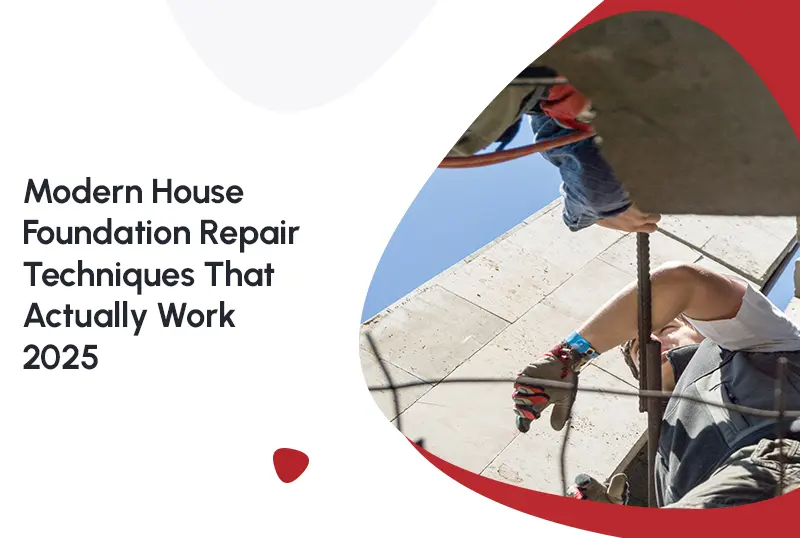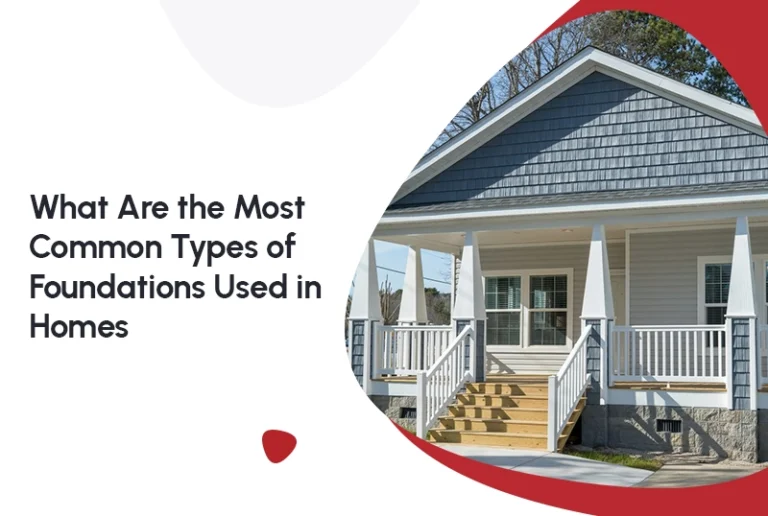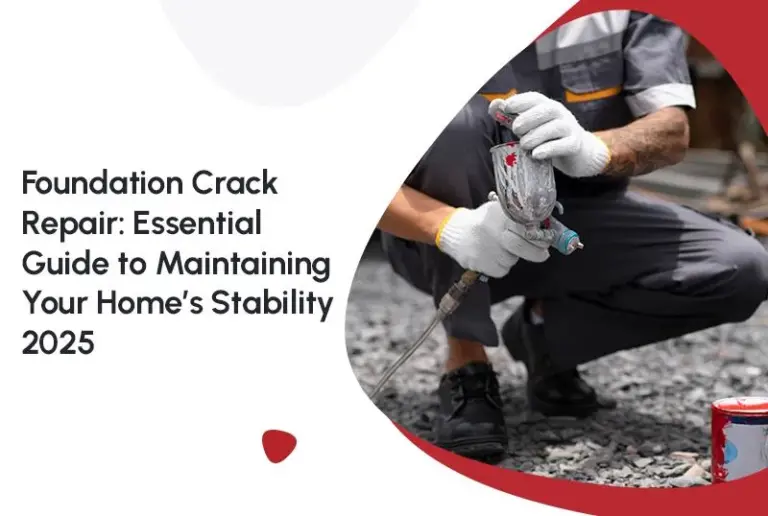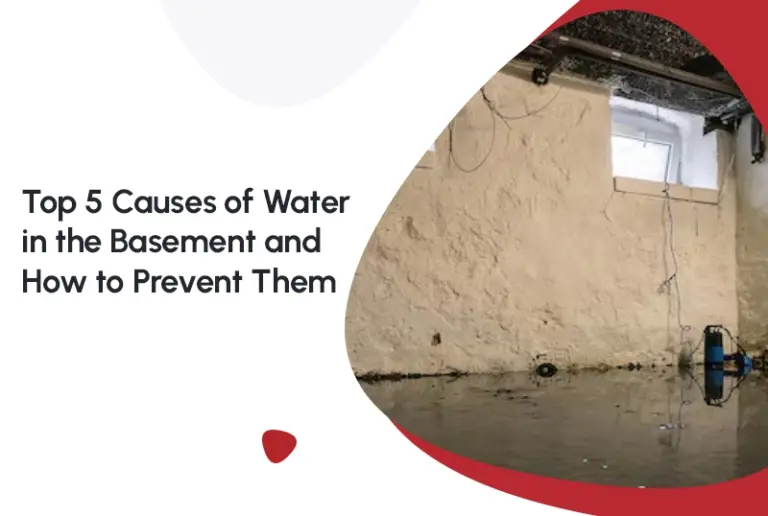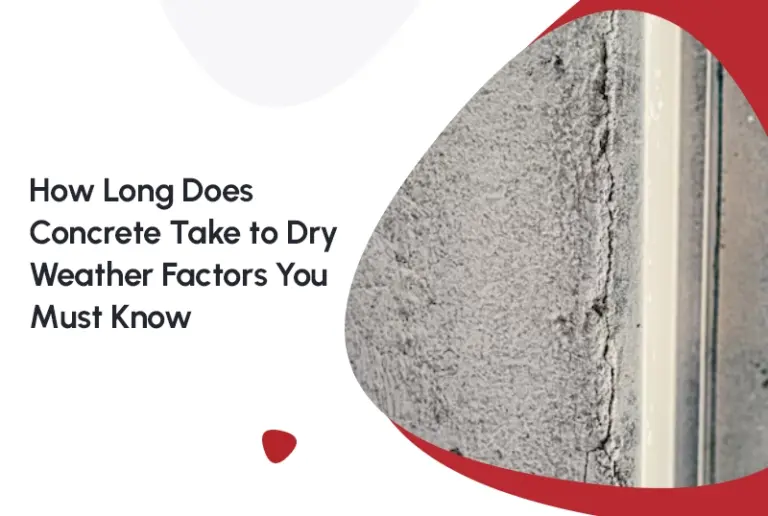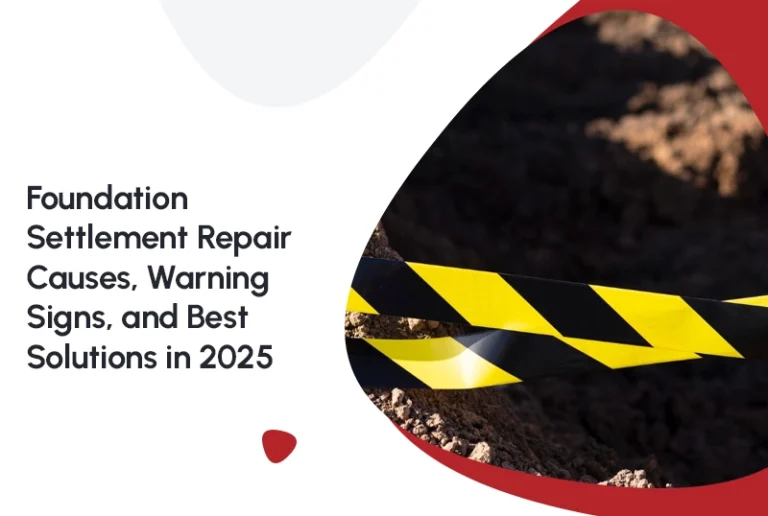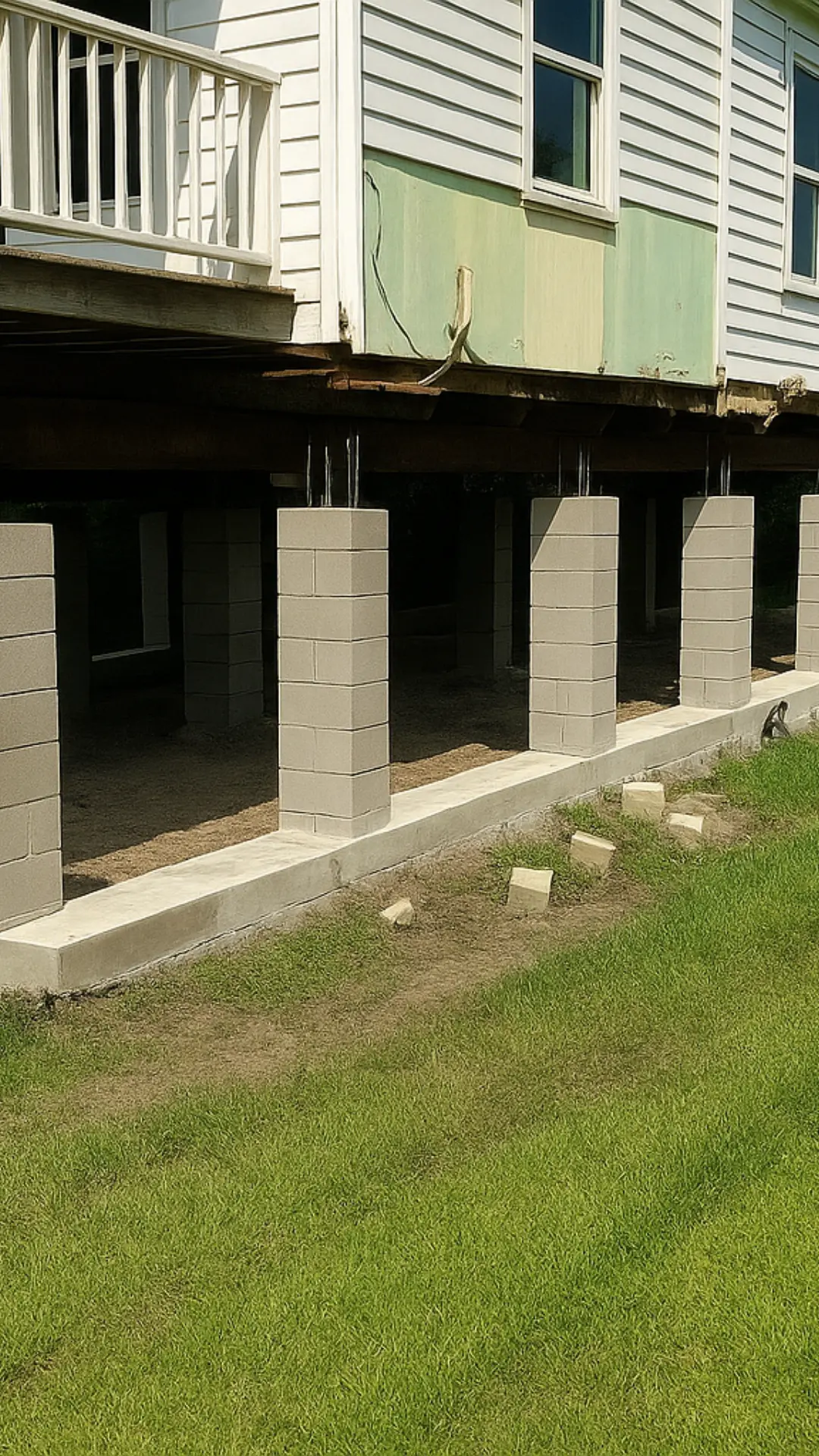There’s nothing quite like the peace of mind that comes from knowing your house is sitting on a solid foundation. But if your foundation starts to crack, shift, or sink, you’re in for a headache. From sloping floors to doors that won’t close properly, foundation problems can wreak havoc on your home’s structure and value.
Luckily, the world of house foundation repair has come a long way in recent years. Gone are the days of expensive, invasive repairs that leave your yard looking like a war zone. Today, modern house foundation repair techniques offer more efficient, affordable, and less disruptive solutions. Whether you’re dealing with settling, cracks, or drainage issues, there’s a service that works for your specific situation.
In this blog, we’ll explore the latest and most effective house foundation repair techniques, explain why they’re the go-to solutions for homeowners today, and share tips on how to choose the right one for your house.
What Is House Foundation Repair and Why Is It Important?
House foundation repair is the process of fixing issues with the base of your home to restore structural integrity. Over time, factors like soil movement, water damage, poor construction, and even natural settling can lead to cracks, shifts, and instability in your foundation.
Why is foundation repair so crucial? Well, without a stable foundation, your home could face serious structural damage, leading to issues with walls, floors, windows, and even plumbing. Foundation problems can also decrease your property value, so addressing them early is key to protecting your home’s future.
Modern House Foundation Repair Techniques: What’s Working Today?
Let’s take a closer look at some of the latest, most effective house foundation repair methods that actually work.
1. Helical Piers: The Strong and Silent Type
If you’re dealing with foundation settling, helical piers (also known as screw piles) are a top choice for providing permanent stabilization. These steel piers are “screwed” deep into the ground until they reach solid bedrock or load-bearing soil, effectively transferring the weight of the home to the piers instead of the unstable soil.
Why They Work:
- Permanent Solution: Once installed, they provide long-term stabilization.
- Minimal Disruption: Installation requires minimal excavation and doesn’t disturb the surrounding landscape.
- Ideal for Weak or Expansive Soils: Perfect for homes built on soft or shifting soils.
According to HomeAdvisor, foundation issues account for 20% of home repair costs on average, which can reach thousands of dollars. A method like helical piers can save homeowners from costly repairs in the future.
2. Slab Jacking (Mudjacking): Lifting Your Slab to New Heights
Slab jacking, also known as mudjacking, is a process that involves injecting a cement slurry mixture underneath the foundation to raise and level the concrete slab. It’s a great solution for homes with sunken slabs or minor settling issues.
Why It Works:
- Cost-Effective: Mudjacking is less expensive than full foundation replacement.
- Quick and Non-Invasive: The process is fast, and there’s no need for heavy equipment or digging.
- Long-Lasting: Once the slab is lifted, it stays level and stable for many years.
Slab jacking is a temporary fix, and while it’s great for minor issues, it may not be suitable for severe or ongoing foundation problems.
3. Polyurethane Injection: The Undercover Solution
Polyurethane injection is one of the newer and more innovative methods for house foundation repair. This technique involves injecting liquid polyurethane foam into cracks or gaps in your foundation. The foam expands and hardens, filling voids and sealing cracks, while also stabilizing the foundation.
Why It Works:
- Lightweight and Non-Invasive: The foam doesn’t add any extra weight to the foundation.
- Quick Curing: The material cures rapidly, and you can walk on it in just a few hours.
- Effective for Small to Medium Cracks: Works well on cracks and small voids in foundations.
Polyurethane injection is ideal for fixing cracks and minor settling, but it may not provide the same long-term solution as helical piers or underpinning for more severe foundation issues.
4. Foundation Underpinning: Strengthening from Below
Underpinning involves extending the foundation’s depth to reach more stable soil. This method is ideal for homes experiencing foundation settling or shifting due to poor soil conditions. Professionals install deep piers or piles beneath the foundation and gradually lift the structure back into place.
Why It Works:
- Permanent and Effective: Underpinning provides a solid, long-term solution for foundation issues.
- Ideal for Severe Settling: Perfect for homes suffering from extensive settling or uneven load distribution.
- Increases Structural Strength: It strengthens the foundation and prevents future issues.
Pro Tip: If your home is on pier and beam or slab on grade foundations, underpinning may be a great solution for restoring stability and preventing further damage.
5. Foundation Waterproofing: Preventing Water Damage
Waterproofing your foundation is one of the most important things you can do to prevent future issues. If water in crawl space or moisture buildup is contributing to your foundation damage, applying waterproof coatings and installing drainage systems can make a world of difference.
Why It Works:
- Prevents Moisture Damage: Waterproofing helps prevent mold, mildew, and water damage to your foundation.
- Improves Air Quality: Moisture in the foundation can lead to indoor air quality issues, and waterproofing helps combat that.
- Long-Term Protection: A waterproofed foundation stays dry and resistant to damage for years.
How FNF Foundation Can Help
At FNF Foundation, we specialize in a wide range of house foundation repair services for homeowners. Whether you’re dealing with minor cracks, severe settling, or moisture issues, we have the tools and expertise to provide long-lasting solutions.
Here’s how we can help:
- House foundation repair services to restore structural integrity.
- Helical piers, slab jacking, and underpinning for deep foundation stabilization.
- Waterproofing and drainage solutions to prevent moisture damage.
Contact us today for a free consultation and find out how we can help protect and stabilize your foundation. Your home’s safety and longevity are just a call away!
Final Thoughts
No one wants to deal with the stress of foundation issues, but with the right modern house foundation repair techniques, you can ensure your home stays safe, stable, and dry. From helical piers to waterproofing, the methods we use today are more effective and less invasive than ever before. Don’t wait until the cracks become major problems—take action now and protect your home for years to come!
Common Questions About House Foundation Repair
Q1: How do I know if my foundation needs repair?
A: Signs of foundation issues include cracks in walls, uneven floors, sticking doors, and gaps around windows. If you notice these signs, it’s time to have a professional evaluate the condition of your foundation.
Q2: How long does it take to repair a foundation?
A: The timeline depends on the severity of the issue and the method used. For example, slab jacking can be completed in a day, while helical piers or underpinning might take a few days to a week.
Q3: How much does house foundation repair cost?
A: The cost varies based on the method, the extent of the damage, and your location. Minor repairs may cost $500–$1,500, while more extensive repairs can run from $3,000 to $20,000 or more.
Q4: Can I fix foundation problems myself?
A: While some minor repairs can be done as DIY projects (like crack sealing), most foundation issues should be addressed by professionals to ensure the problem is properly fixed.
